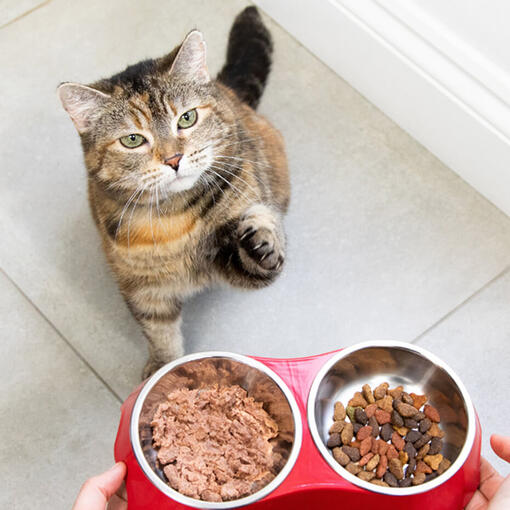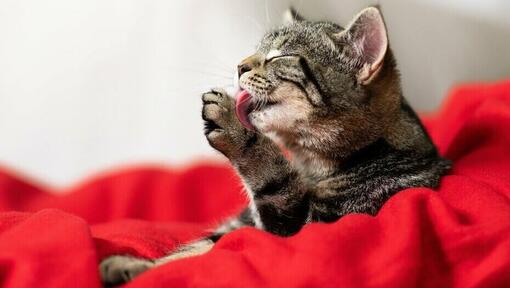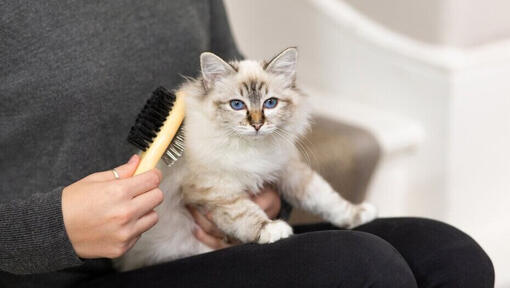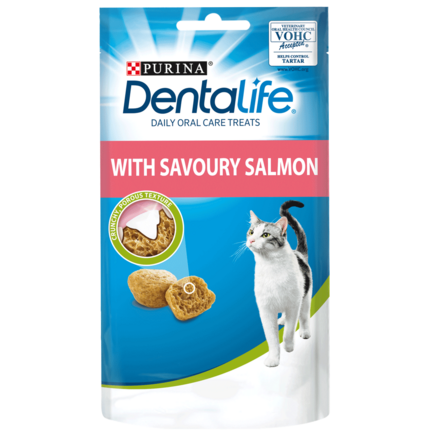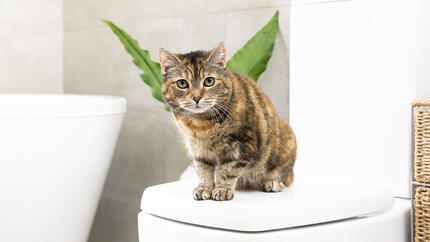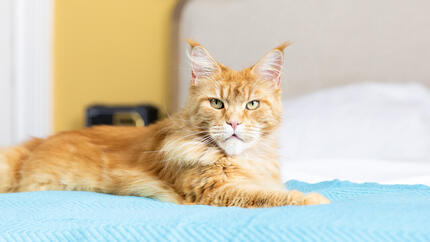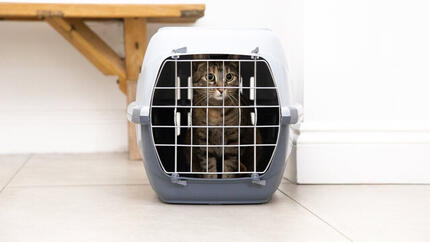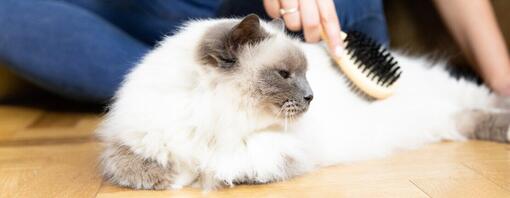
Most cats take real pride in their appearance, spending almost half their waking hours preening themselves to perfection. Being independent creatures, cats are keen to look after themselves, but that doesn’t mean you shouldn’t lend a hand in their pampering routine.
Grooming your cat plays a big part in caring for your pet and regular maintenance will mean your cat looks great and feels great too!
As well as helping to keep your cat looking beautiful, regular cat grooming allows you to spend quality time bonding with your pet, and gives you the opportunity to check their body condition and spot any unusual signs of health problems, such as lumps or bumps.
The benefits of cat grooming
Cat grooming might seem superficial, but while your cat is beautifying themselves or being brushed by you, they enjoy other benefits too:
- Circulation is stimulated
- Muscle tone is improved
- Fur is smoothed down for better insulation
- Glands at the base of the coat are stimulated to waterproof the fur
- Sebum is spread evenly which helps to waterproof and protect the coat and skin
- In hot weather, the saliva they spread during grooming helps to keep your cat cool
How cats groom themselves
If your cat has ever tried to show their affection with a fond lick, you’ll know that they have rough tongues. This is because their tongues are covered in lots of tiny bristles, which help them to comb out dirt and loose fur from their coats - much like the hairbrushes that we use.
As cats use their mouths a lot during grooming, they often swallow strands of hair during the process. This can cause them to cough up fur balls – this is quite normal, so don’t worry. You can help to reduce the amount of fur they shed, and therefore minimise fur balls, by helping your cat with their grooming with a gentle brush.
Most short haired cats are very good at grooming themselves – longer haired cats will need a little bit of extra assistance when cat grooming. After all, they have a lot of fur to clean, so may miss a spot!
When you should help with cat grooming
Try to start grooming your cat from an early age so that it becomes a normal part of their routine. Curious kittens can also find themselves in sticky situations, so you may find yourself having to help your little one clean up!
As they age, cats can get stiff so they might not be able to easily reach to clean some areas. Therefore, regular cat grooming is an important part of your caring routine throughout the whole of your cats’ life.
Grooming a cat from their younger years allows you to build a strong bond through physical contact, and create a shared level of trust between both of you.
As shorthaired cats are quite capable of grooming themselves, a brief brush once a week should be enough to spend time with them whilst maintaining their coat, while longhaired cats will benefit from a cat brush once a day to avoid matting, knots and excessive fur ball build up.
Matting can be very uncomfortable and even painful for cats, so your help will definitely be appreciated – even if they don’t show it at the time!
How to groom your cat
Grooming can be a long or short task, depending on the breed of cat you have and their hair type. To make sure your grooming sessions run smoothly, make sure you have all the correct equipment and a designated grooming area. Take a look at our top grooming tips for more information.
For shorthaired cats, use a fine-toothed metal comb once a week to remove knots or tangles. Use a natural-bristle or rubber cat brush to remove any loose hairs.
Gently brush or comb your cat's hair, using strokes in the direction that their hair grows.
Use the bristly cat brush to sweep up the coat in the direction of the head, and then smooth it down again.
For longhaired cat grooming, brush daily with a steel comb.
Any knots can be teased out with your fingers, using a damp cloth if necessary. Never use scissors, as there’s a risk your cat could move and end up with a nasty nick in their skin. If there’s a particularly bad knot or many knots, ask your vet to help you.
If cat grooming is a struggle, try offering food treats, gentle strokes and soothing words. As your cat is calmed and distracted by their reward and additional attention, gently start to groom them.
During cat grooming, seize the opportunity to give them a general once-over and check that their teeth, eyes, ears and gums are all in good health, but if your cat gets stressed out during grooming its probably time to take a break.
Cat grooming isn’t just about making them look good; it provides you with a regular opportunity to keep an eye on your cat’s claws.
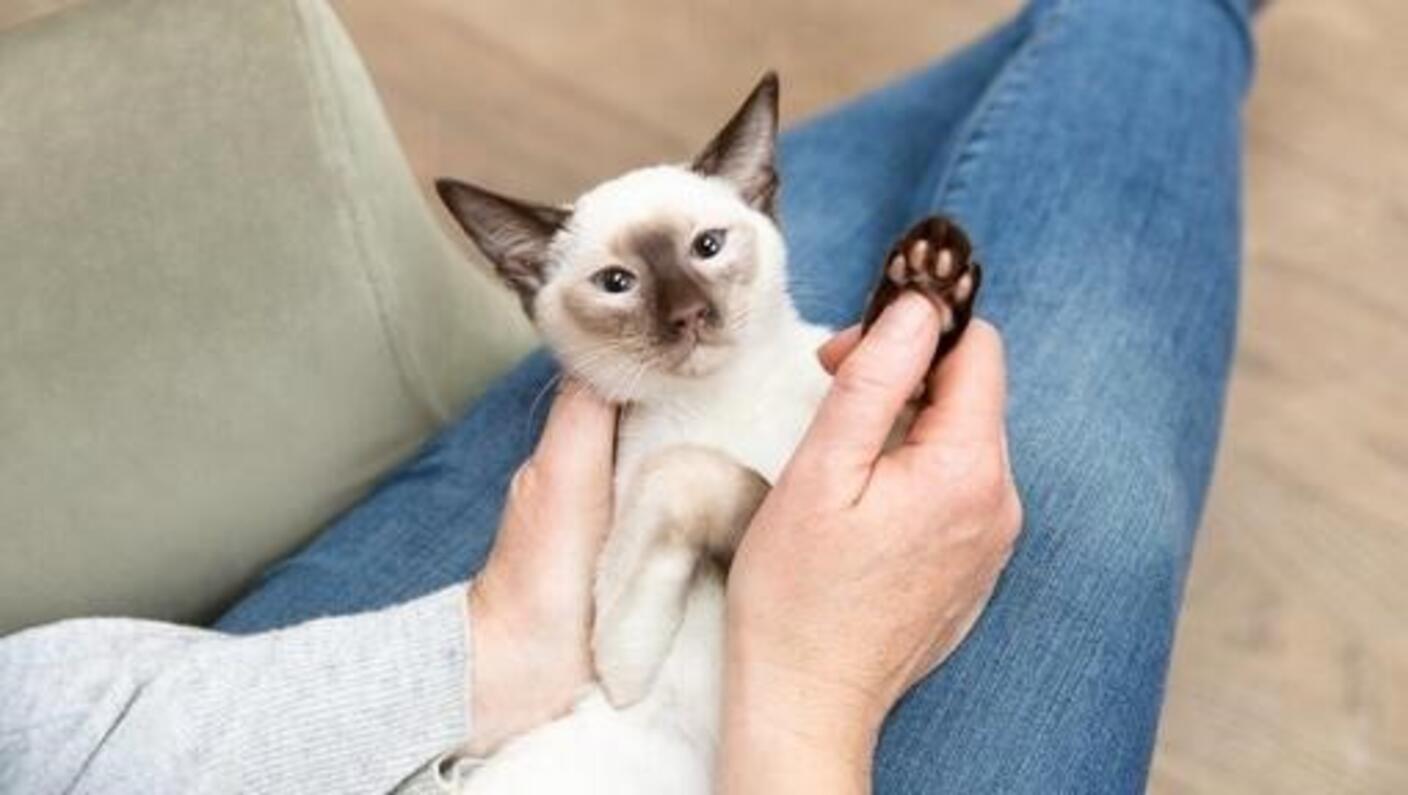
Some cats, particularly outdoor cats and those that are very fond of their scratching post, often take care of their own claws through general wear and tear but if your cat spends a lot of time indoors, or is elderly, they may need some help.
Weekly checks and occasional claw-trimming prevents their claws growing inwards into their pads (much like an ingrowing toenail) which can cause pain and infection. Overgrown claws can be a sign of osteoarthritis in senior cats, so it’s worth checking with your vet in case any additional treatment is needed.
As cats use claws to defend themselves, scratch an itch or climb, we only recommend trimming them when absolutely necessary.
Before you do anything, check that they really need doing. Outdoor cats, in particular, need their claws for climbing and defending themselves so only trim them if they’re at risk of overgrowing. Even then, only some claws may need trimming. If your cat is one of the unusual few with an extra toe (polydactyl) then keep an eye on those claws, as they don’t touch the ground and therefore don’t get filed down naturally. The same applies to ‘dew’ claws, the claws on the inside of the legs just below the wrist.
Get into the habit of checking your cat’s claws on a weekly basis. If you spot any ingrowing claws consult your vet, as your cat may need painkillers or antibiotics. Also, if any claws are ripped, torn or missing, your vet may need to take a look.
If it’s your first time, ask your vet or veterinary nurse to demonstrate how to trim your cat’s claws and check your technique. Remember, if you don’t feel confident trimming your cat’s claws you can always ask your vet to do it instead.
It’s a good idea to get your cat used to the idea of claw-trimming from an early age, preferably from a kitten. However, kitten claws are soft, so they are usually filed instead of clipped.
For adult cats, use specially designed cat-claw clippers - and keep them sharp and well-maintained. These are available from pet shops or your vet - do not use human nail clippers or scissors!
Press your cat's paw gently between your finger and thumb to unsheathe the claw. Snip off just the transparent tip of the claw; always avoid the blood vessel in the centre of the claw; and never clip higher up than the pointed tip.
The important thing is to avoid the ‘quick’ (the sensitive part), as if this is nicked it will be painful for your pet and will bleed. If you do catch it by accident, don’t panic. Apply silver nitrate sticks (available from your vets) to the claw and press with cotton wool for a moment. Silver nitrate may sting so it might be helpful to have someone else on hand. If the bleeding doesn’t stop then consult your vet immediately. As well as dealing with the problem, your vet can advise you on how to avoid this complication in future.
When you check your cat’s claws, also check the paw pads for any cuts or foreign bodies and check between the toes for any signs of soreness. Contact your vet if you find anything unusual.
The final step in your weekly cat grooming session is a quick brush of the teeth. You can either use a cat toothbrush or a cotton bud to rub the teeth with. Remember to use special cat toothpaste as human toothpaste can upset pets’ stomachs. Learn how to brush your cat’s teeth and why it’s so important in our guide.
Looking for more advice on cat grooming? Check out our article on bathing your cat, next.
Cats don’t usually need bathing, as they tend to do that themselves. But if your cat comes home after rolling in something smelly, or they are covered in mud or have some fur that has been matted it may be that you have to take matters into your own hands. However, bathing cats can be quite a challenge and can be quite stressful as most of them really dislike baths.
Learn how to safely bathe your cat in the best way possible with our handy guide.
Cats like to keep themselves clean, but sometimes they need a little extra help reaching certain areas for some TLC. Cleaning a cat’s ears can be stressful as they can be quite sensitive in that area. Some cats may struggle to keep their ears clean which is why they can always do a little cleaning every now and then.
Take a look at our handy guide on the best way to clean your cat’s ears, so that you know what to expect.
Grooming a kitten
When you first welcome a new kitten home, it is common to wonder whether they need grooming or whether to wait until they are a little older. It can be difficult to know what your kitten needs in terms of basic grooming and how to set up a suitable schedule. However, the sooner you get started, the better.
Take a look at our handy guide on all things kitten grooming to find out exactly how to do it, and when to get started.
Why do cats overgroom?
You may notice your cat overgrooming themselves, more often than not this may be due to a change in their environment which is stressing them out. If you notice your cat overgrooming, and allow this to continue this can cause skin inflammation, sores or hair loss. In extreme cases a cat might even start to bite areas of skin.
Overgrooming can also lead to them swallowing a lot of hair, which turns into hairballs. A cat hairball is a collection of dead hair and digestive juices that have formed in your cat’s stomach.
This is why grooming your cat is important, especially during malting seasons. If you want to learn more about cat overgrooming, what to do, and how to care for it, take a look at our handy guide.
Looking for more advice on caring for our cat? Take a look at how to care for cat allergies at home, next.


